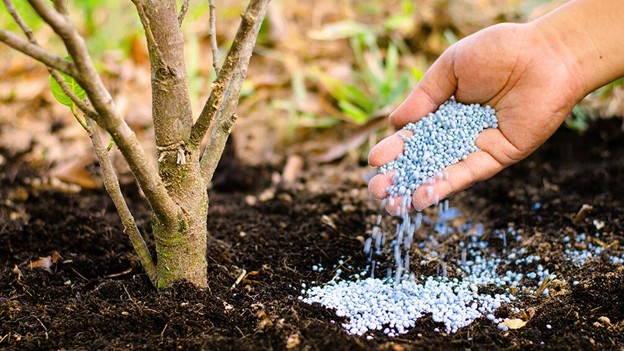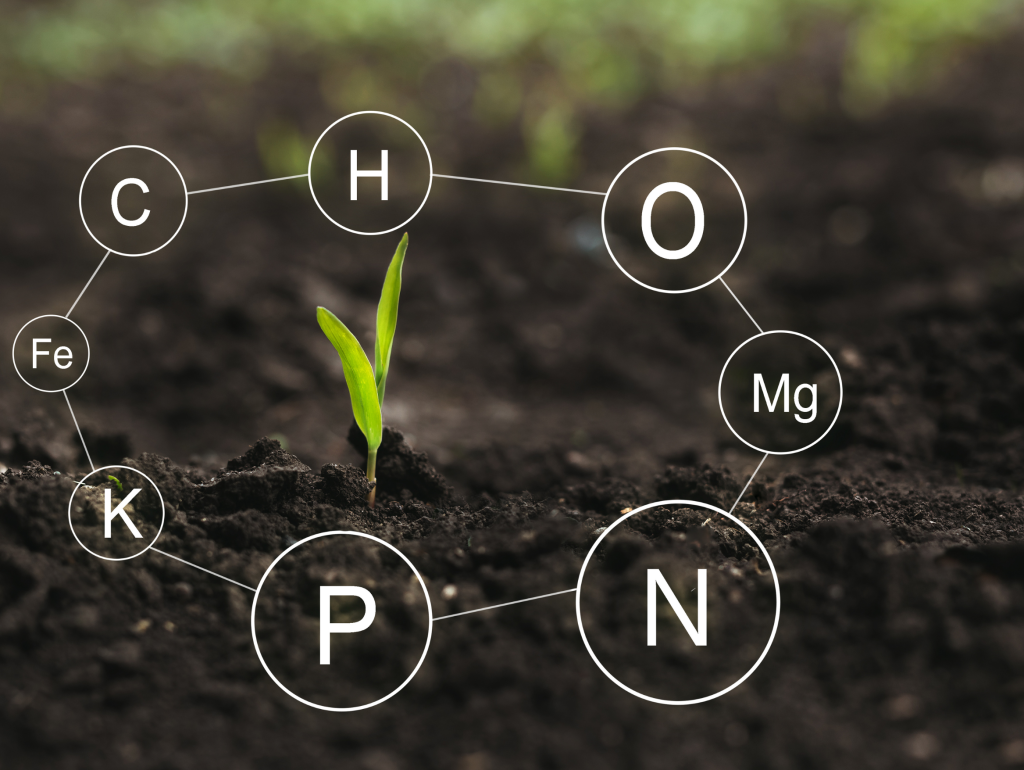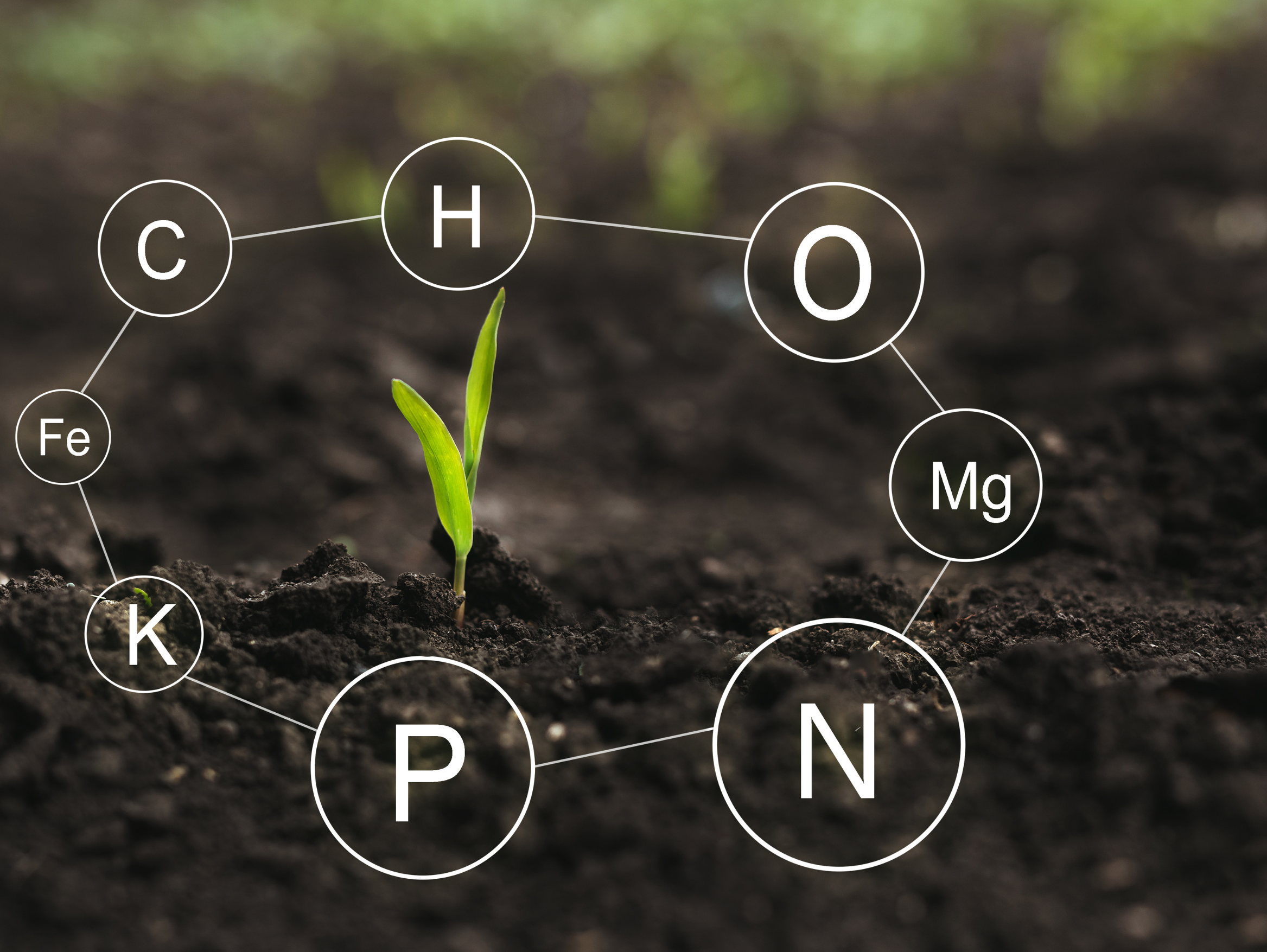Trees and shrubs planted in home landscapes and lining streets have been introduced into artificial and highly competitive environments. Under natural conditions, decaying leaves and plants continually replace the nutrients taken up by living plants. In landscaped areas, however, people generally remove fallen leaves and other plant debris. As a result, soil fertility declines. Rooting space is also severely limited by the compacted and heavily engineered soils required for urban and suburban infrastructure. Grading and soil restructuring have removed vital nutrient reserves held in the humus or upper levels of the soil profile. Fertilization is used to supplement those soil nutrients in trees for optimum growth. Plus, when grown under these stressful environmental conditions, trees can succumb to damage from opportunistic pests and diseases. Maintaining or increasing tree vigor through proper fertilization can play a vital role in the success of the tree resource.

Trees require nutrients to live and thrive. When one or more of those are deficient in the soil, the tree will not reach its full potential. When the right amounts of nutrients are present, plants are healthier, more vigorous, and better able to withstand stresses such as drought, plant disease, and pest infestation. An appropriate schedule of fertilizer applications can increase leaf size, the number and intensity of their color, and flower production. Plants that receive poor nutrition may show many signs, including smaller, yellowing, and mottled leaves, early leaf loss, and poor growth. Proper fertilization can help trees and shrubs overcome weak growth and will help them recover from biotic stresses like insect pests and diseases and abiotic stresses like drought and extreme temperatures.

Most trees have a single flush of growth in the spring, and spring is when trees have the greatest need for nutrients. Early spring, consequently, is the time when nutrients must be available. The nutrients required by all plants, including trees, can be divided into macronutrients and micronutrients, based upon the quantity necessary for growth. Macronutrients are those that plants need in significant amounts to perform various vital functions. Spring applications may be made as soon as the ground is workable and until late April or early May.


